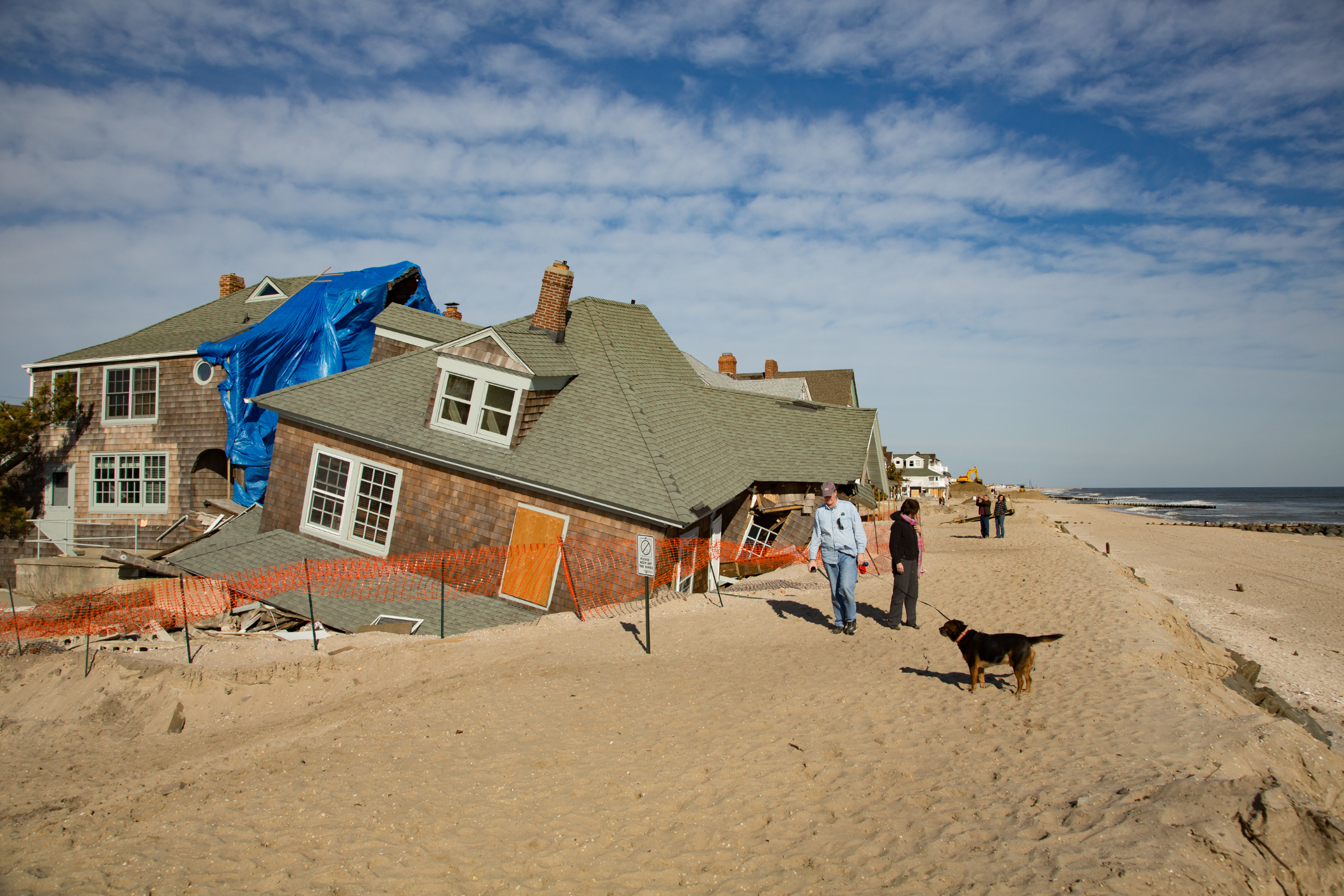By Josephine O’Grady
As we approach the 10th anniversary since the second-costliest hurricane in U.S. history hit the New Jersey coastline, the lessons have increasingly pointed to conversations about the relationship between awareness, education, and risk perception. With a combined $70 billion in residential, commercial, and public property damage, many New Jersey homeowners still display short-term retention of the impacts of Superstorm Sandy’s record-high storm surges in the state. Although the recommendations for New Jersey demonstrate ample opportunity to advance sea-level rise policy, coastal residents that are in a position to be stakeholders in their communities need tools to appropriately gauge their risk perception.
The New Jersey neighborhoods most severely affected by Sandy, located in Monmouth, Ocean, and Union counties, are all within one mile of the shoreline and have a high homeownership rate, ranging between 60-70% in each county. Nevertheless, the majority of long-term coastal homeowners in New Jersey do not perceive themselves to be of high risk to coastal hazards. One study shows that among residents of central and shore New Jersey, central Jersey residents had higher risk perception than Shore residents, while residents of the Jersey Shore did not experience higher risk perception until the aftermath of Superstorm Sandy. Due to direct flood exposure and greater ecological knowledge, this population may experience distorted perceptions of security based on greater economic resources and adaptation measures in their communities.
Given that coastal education or exposure to flooding is not enough to inform risk perception, it is important to explore what educational tools exist that may inform both awareness and risk perception, allowing New Jersey residents to participate in coastal management strategies. New Jersey is the tenth state to adopt the MyCoast app (funded by the National Oceanic and Atmospheric Administration) for their region, a portal that allows users to upload photos of coastal events occurring in their towns and neighborhoods, directly giving stakeholders residential information about how coastal hazards are impacting communities. As part of the NJ Resilient Coastlines Initiative, other efforts to engage New Jersey residents in this issue include community participation in coastal preservation projects such as dune and wetland restoration, and partnering with a variety of organizations that implement infrastructure projects based on geographical locations.
To prepare for future storms, it is necessary to invest in coastal management that not only protects New Jersey communities but also engages residents to alter their risk response based on coastal hazard research—without which we can never adapt from storm-related exposure in New Jersey.

